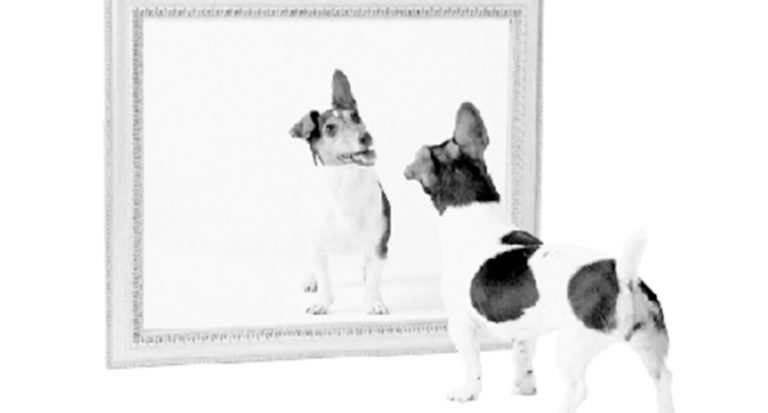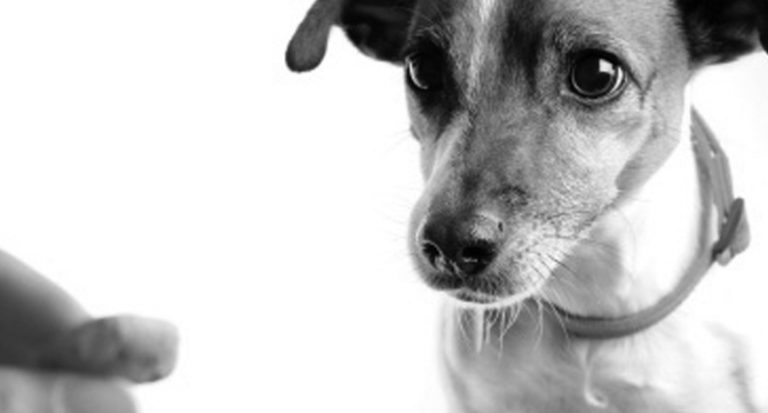“How would you describe your dog’s temperament?” the representative from a company that sells dog food containing horsemeat, asks two pet owners sitting in front of him. “She’s picky and nervous sometimes, but she’s very smart,” responds one potential customer. “He’s independent, knows what he likes. He’s pretty hard to fool,” responds the other. Watching this interaction, one employee from the Sterling-Cooper advertising industry remarks, “Oh my God, they’re describing themselves.”
By giving dogs human emotions, people begin to view them as their own children, and thus are more willing to spoil and pamper them. It could be argued that this bond between human and animal is reinforced during the twentieth- and twenty-first-century as people postpone parenting, have more disposable income and leisure time, or deal with empty homes and no one to take care of. In the process, Americans are redirect their energy and finances to their pets by spending money on a variety of treats, clothing, services, and luxurious products to keep their furry babies happy inside and out. The anthropomorphic tendency to assign human emotions and feelings onto our animals, is as strong as ever..
Although this tendency helped open the door to dog domestication and its benefits, it has also enabled modern media and the mad men of advertising to target and manipulate human attachments when selling products and services in the thriving pet pampering industry.
This idea is also shared by historian Jane Sook Jong Lee, who argues that the modern dog culture was created by a number of factors that range from the “influence of capitalism to the effects of living in an alienated, postmodern age.” She focuses more on the psychological and philosophical effects pets have on their owners from around the world, instead of analyzing how the rise of humanization, purchasing power and responsibilities of dogs have effected the trends and popularity of our pet world.
Although pet-keeping in the West emerged in the nineteenth century, trends regarding pets were nowhere near what are seen today.
The modern pet industry emerged during a time where many Americans were indifferent to animal pain, and it was not until the mid-twentieth century that the pet industry truly became a business. This increase in affection for pets has intensified the tendency to project human qualities onto animals, turning animals into people, and has caused many a pet owner to search in themselves the emotions and virtues missing in their own lives.
For Americans who are fortunate enough to engage and participate in this “Golden Age” of ideal living and prosperity for companion animals, they will feel more inclined to pamper and indulge their dogs. Supporters of this pet mania trend insist that dogs are only being paid their dues for being loyal friends and for recognizing the increased demands placed on them.
Domestic animals provide an outlet for feelings that may be unacceptable in human society, and since people will never feel judged by their pets, this strengthens that bond. Also, unlike kids who will become independent and leave the home, dogs will always require protection, food, health care, and grooming their entire lives. There is a feeling of constancy in peoples’ lives when caring for pets, and as a result, more willingness to spend and shower pets with excessive foods, spa treatments, state of the art medical care, luxurious vacations, and financial security.
Some have questioned why companion animals have moved from possession to family member, or from the backyard to the bankbook. Baby boomers, or pet owners who often tend to overindulge and have developed into empty nesters wish to fill some sort of void in their lives, as a possible explanation for this change.
Clearly baby boomers have played a significant role in the development of the modern pet industry, but lets not overlook that as pet owners use animals to fill their void, they do not realize that they — not their dogs — are the ones who are actually vicariously benefiting from the thrill and enjoyment in the process.
Translation, we love and enjoy our pets!
Dogs are now also given indirect power where, through humans, they become purchasers in America. Pets are now “the new consumers” to whom large corporations market their newest, trendiest, and healthiest array of products. For example, as people become more health-conscious or want to look their best, they believe their furry companion needs and wants the same lifestyle.
Thank you Mad Men.
The practice of anthropomorphism greatly enabled media and businesses to more easily promote, manipulate, and sell their products by portraying the needs and desires of humans onto their pets. Humans are actually the ones who are gaining enjoyment from all the pampering and purchasing, and that it is their needs and not the animals’ needs that are being met.
Think about it, who enjoys buying the gifts? Who is always seen laughing at the dog park? Who is enjoying the drop off at the doggy day care so much? The Pet Gazette reader, that’s who.





